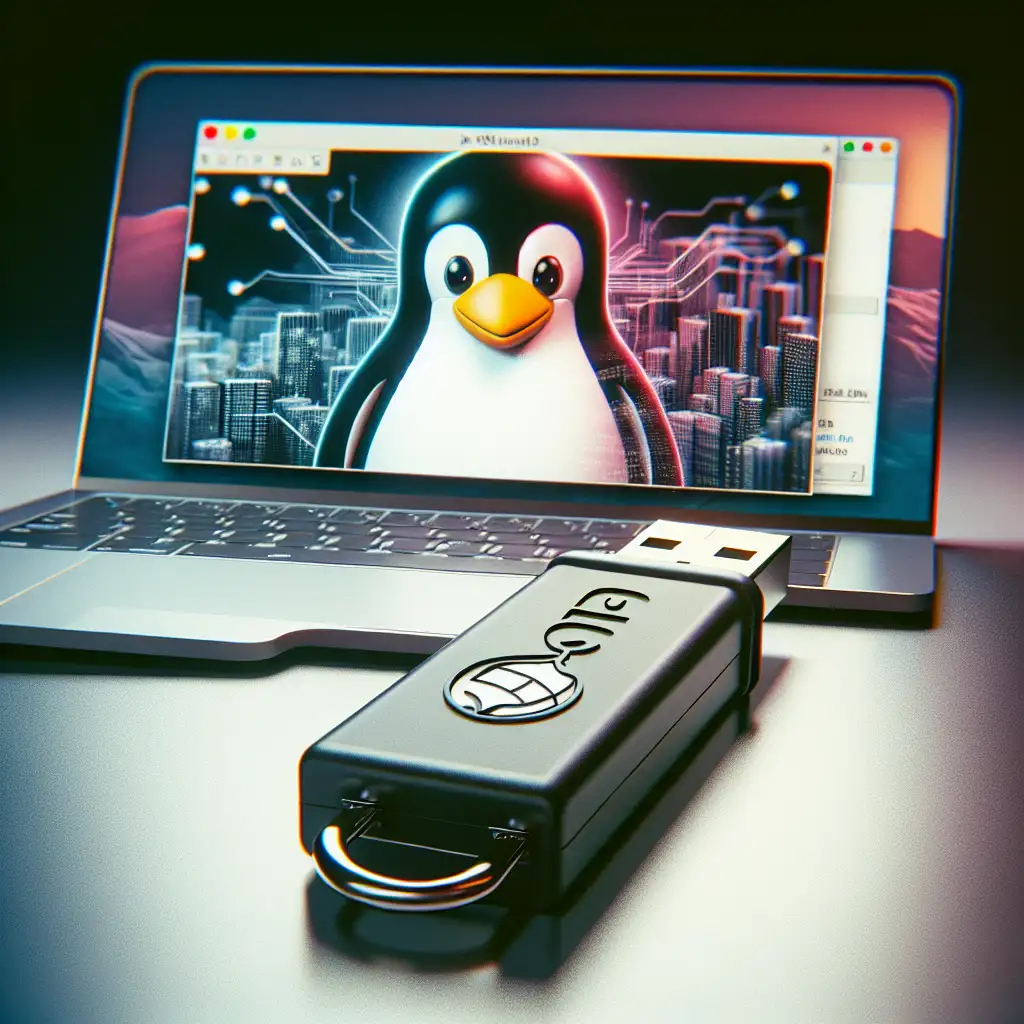Persistent Linux on USB: Reliable Portability Without Compromise
Ephemeral Linux live USB sessions are fine for rescue jobs or hardware tests. But as soon as you want your work and configuration to survive a reboot, they're inadequate. What’s really needed is a persistent Linux USB — a portable toolkit that behaves like a native installation, records changes, keeps updates, and runs on practically any x86 device.
This approach isn’t new. Still, many engineers overlook critical pitfalls: unoptimized persistence, drive bottlenecks, upstream bugs (see Ubuntu bug #1815935), or the occasional fried flash stick after excessive write cycles. Below is a practical, detail-oriented guide — not just theory.
Problem: Stateless Live Environments
Standard live USB environments reset on each boot because the root filesystem is a union mount (tmpfs over squashfs, e.g. in Ubuntu's casper). Config changes, new packages, logs — all lost after shutdown. For repeatable, productive work, this is unsuitable.
Solution: Persistent Overlay With User Space Writeback
A persistent USB overlays a writable filesystem (sometimes called a "casper-rw" file/partition or "persistence" volume) atop the read-only OS image. This allows:
- System updates (
apt upgrade, kernel minor bumps) - Custom package installs (e.g.,
tmux,docker-ce) - User data and dotfiles
- Network and VPN configs
- Logs and temporary files (until media wear-out sets in)
Hardware-agnostic, host OS-independent.
Required Materials
| Component | Recommendation |
|---|---|
| USB Drive | 16GB+; USB 3.0 (e.g. Sandisk Extreme, Samsung BAR+) |
| Linux ISO | Ubuntu 22.04 LTS or similar |
| Imaging Tool (Win) | Rufus ≥3.15 |
| Imaging Tool (Linux) | mkusb (v22+); alternative: Ventoy+plugin |
| Optional | LUKS (dm-crypt) for persistence |
| System for setup | Linux or Windows PC |
Note: Some tools (Etcher, UNetbootin) either don’t support persistence well or require manual post-processing.
Process: Building the Persistent USB (Ubuntu Example)
1. Obtain the ISO
Download from Ubuntu official. Avoid "minimal" images, as persistence overlays expect standard filesystem structure.
2. Rufus (Windows) — Recommended for Simplicity
- Insert target USB (all data will be wiped).
- Open Rufus (≥3.15).
- Device: select your USB drive.
- Boot selection: Choose downloaded ISO.
- Persistence: Move the "Persistent partition size" slider (at least 1GB; 4–8GB preferred).
- Filesystem: FAT32 (default, unless drive >32GB, then NTFS or exFAT is safer).
- START → Confirm prompts.
Caveat: Some 2022/2023 motherboards require enabling legacy boot or disabling Secure Boot. If you see "No bootable medium found" errors, double-check BIOS configuration.
3. mkusb (Linux) — Advanced/Flexible
- Install mkusb (Debian-based example):
sudo add-apt-repository ppa:mkusb/ppa sudo apt-get update sudo apt-get install mkusb - Plug in target USB, run:
sudo mkusb - Select the ISO image, choose “Persistent live” mode.
- Allocate persistence storage (use at least 50% of capacity for real work).
- mkusb handles partitioning; you may optionally encrypt the persistence partition at this stage (requires cryptsetup/LUKS).
- Let the tool burn and finalize. Can take 5–10 minutes depending on USB speed.
Gotcha: On some distributions, the persistence partition is not auto-mounted at boot if label names are inconsistent or if
casperkernel boot params are missing. Check/proc/cmdlineand adjust manually in the GRUB/Isolinux entry if required.
Usage & Behavioral Observations
- Boot order: USB must precede internal disk (UEFI:
F12orESCfor boot menu on most hardware). - Persistence: Install tools, modify files, perform real admin tasks.
sudo apt install build-essential vim htop - System updates: Most kernel upgrades require full installation; minor patches persist as intended. Don't expect upgrade from liveUSB to next LTS to be flawless.
- Encryption: Encrypted persistence file/partition can be unlocked at boot. Adds 3–8 seconds to startup.
Known issue: Write speeds on budget USB drives often drop from >90MB/s (peak) to <10MB/s (sustained) after 1–2GB of sequential writes. This can impact package installation and boot time. Use high-end drives for sustained use.
Example: Recovering a Failing Workstation
Plug the persistent USB into an unbootable laptop.
- BIOS set to boot from USB.
- Persistent overlay contains SSH keys, Wi-Fi profiles, and diagnostic scripts.
- Boot, connect, recover files to cloud, patch, or operate directly from the stick.
This use case consistently outperforms stateless live media in disaster recovery.
Practical Tips and Trade-offs
- Eject USB safely (
sync; umount /media/...) before removal to prevent fsck errors on next boot. - Backup persistence data — LUKS-encrypted containers are not immune to corruption.
- Use USB 3.1/3.2 for NVMe-based performance, but check compatibility (some UEFI bootloaders don’t like non-flash devices).
- For critical operations, mount the overlay with
noatimeand tune journaling to reduce write amplification.
Tip: Some engineers maintain two persistent USBs — one for recovery, another as a daily driver with “known-good” baseline.
Caveats
- Live kernel upgrades may not persist as expected.
- Overlay size is still constrained by pre-allocation — resizing on-the-fly is painful and can risk data integrity.
- Security: if not encrypted, anyone with the stick has access — don't overlook full disk encryption on the persistence partition.
A persistent Linux USB transforms a generic flash drive into a robust, customizable admin and recovery tool — or a mobile development environment. Implementation isn't frictionless, but with careful hardware selection and tool choice, results are stable. For most sysadmins and field engineers, the blend of flexibility, portability, and persistence is well worth the minor trade-offs.
Have a custom workflow or hit a wall with persistent overlays? Post the scenario — there’s always an edge case.
